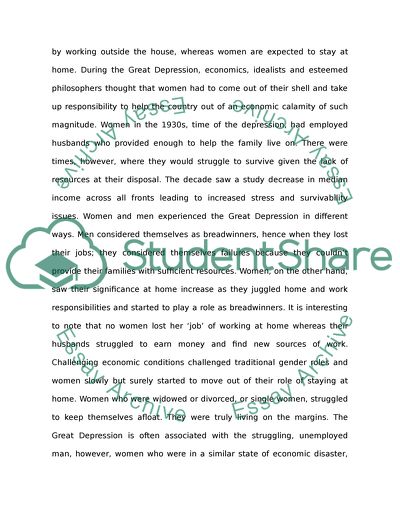Cite this document
(“Women Suffrage Research Paper Example | Topics and Well Written Essays - 2250 words”, n.d.)
Retrieved from https://studentshare.org/history/1441925-womens-suffrage
Retrieved from https://studentshare.org/history/1441925-womens-suffrage
(Women Suffrage Research Paper Example | Topics and Well Written Essays - 2250 Words)
https://studentshare.org/history/1441925-womens-suffrage.
https://studentshare.org/history/1441925-womens-suffrage.
“Women Suffrage Research Paper Example | Topics and Well Written Essays - 2250 Words”, n.d. https://studentshare.org/history/1441925-womens-suffrage.


